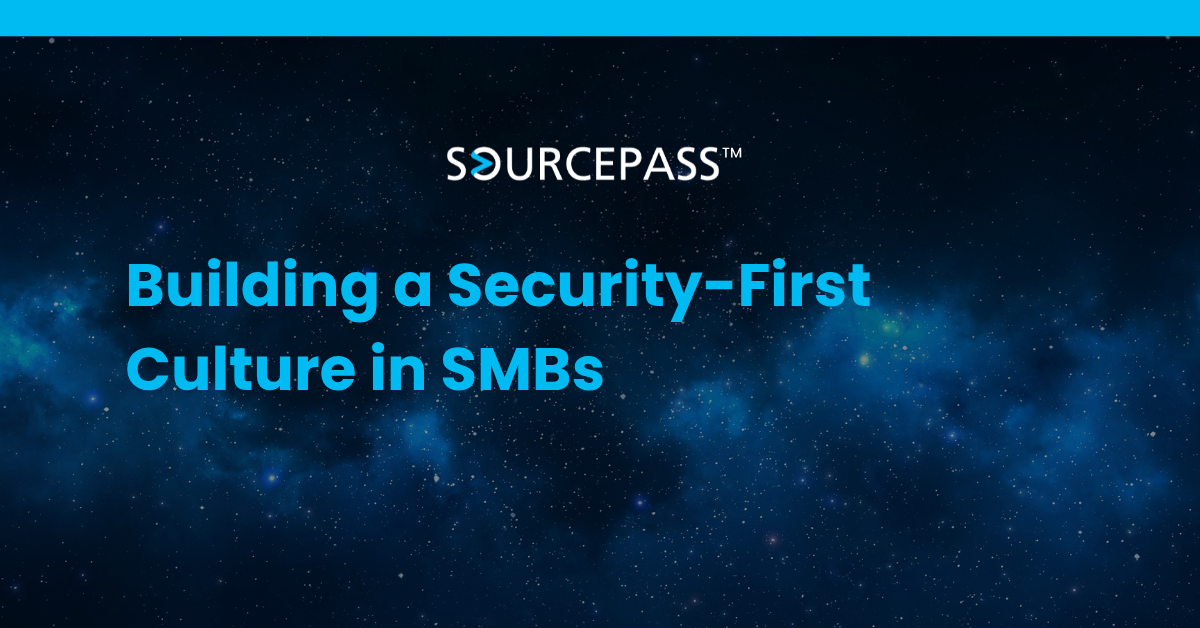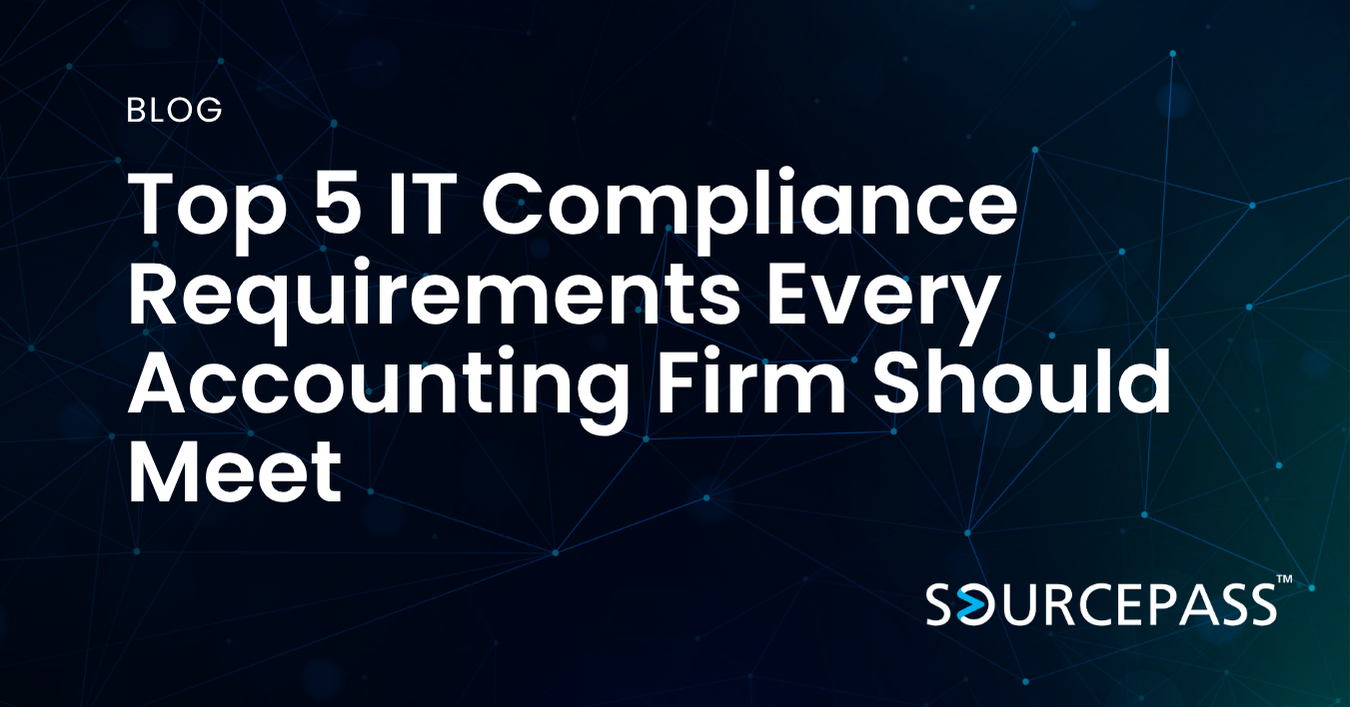Building a Security-First Culture in SMBs
Oct 08, 2025 Alex Davis Cybersecurity 2 min read



Creating a security-first culture is essential for small and mid-sized businesses. Protecting data, systems, and operations requires more than technology—it requires strategy, awareness, and ongoing attention. By focusing on long-term security planning, businesses can reduce risks and ensure sustainable growth.
Why a Security-First Culture Matters
Cyber threats are constantly evolving, and small and mid-sized businesses are often prime targets. A single breach can result in financial loss, operational disruption, and reputational damage. Building a security-first culture ensures that employees, processes, and technology work together to prevent and respond to threats effectively.
Key Steps to Building a Security-First Culture
Sourcepass helps businesses establish a strong security foundation through strategic guidance and proactive management. Here are the key elements SMBs should consider.
1. Develop a Long-Term Security Strategy
A long-term strategy aligns cybersecurity initiatives with business goals. Assess current risks, define priorities, and create a roadmap for protecting systems and data. Sourcepass works with SMBs to craft strategies that balance security needs with operational efficiency.
2. Implement Continuous Monitoring
Continuous monitoring detects unusual activity before it becomes a serious threat. Using advanced tools and RMM/PSA platforms, businesses can monitor endpoints, networks, and applications in real time. Early detection allows IT teams to respond quickly and prevent damage.
3. Conduct Regular Risk Assessments
Regular risk assessments identify vulnerabilities and prioritize actions based on potential impact. Assessments include evaluating endpoint security, email protection, network defenses, and backup systems. Sourcepass guides SMBs through ongoing risk management to maintain a strong security posture.
4. Ensure Compliance and Best Practices
Compliance with industry regulations protects businesses from penalties and builds customer trust. Policies, procedures, and audits help maintain standards. Sourcepass provides guidance to ensure SMBs meet compliance requirements while optimizing security practices.
5. Foster a Security-Aware Team
Technology alone is not enough. Employees must understand their role in protecting the business. Training programs, clear policies, and regular reinforcement build awareness and create a culture where security is a shared responsibility.
How Sourcepass Supports SMBs
Sourcepass combines technology, expertise, and strategic guidance to help SMBs build a security-first culture. Our team implements monitoring solutions, performs risk assessments, supports compliance, and provides employee training. This integrated approach ensures businesses are prepared to prevent and respond to cyber threats effectively.
FAQ
What is a security-first culture?
A security-first culture prioritizes protecting data, systems, and operations by integrating security into everyday business practices.
Why do SMBs need a long-term security strategy?
A strategy helps identify risks, allocate resources effectively, and align cybersecurity with business goals.
How does continuous monitoring improve security?
Monitoring detects unusual activity in real time, allowing IT teams to respond quickly before threats escalate.
What is included in a risk assessment?
Risk assessments evaluate endpoint security, email protection, network defenses, backup systems, and overall vulnerabilities.
How can Sourcepass help with compliance?
Sourcepass guides businesses in meeting regulatory requirements, implementing best practices, and maintaining ongoing audits.
Subscribe To
Sourcepass Insights
Sourcepass Insights
Stay in the loop and never miss out on the latest updates by subscribing to our newsletter today!
.png?width=500&height=100&name=White%20Logo%20-%20Transparent%20Tag%20(3).png)



